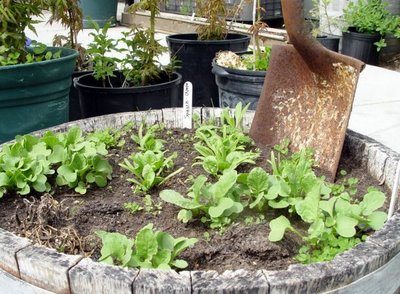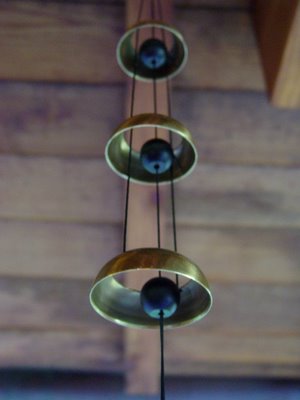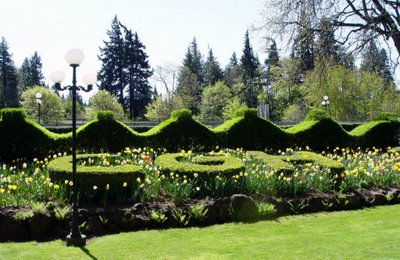
Sacagawea was a 12 year old Indian maiden of the Shoshone tribe when she was kidnapped by a war party of Hidatsa Indians. She was taken from her home in the Rocky Mountains to the Hidatsa-Mandan villages near present day Bismarck, North Dakota where she was sold as a slave to the French-Canadian fur trader, Toussaint Charbonneau. In 1804 Lewis and Clark and the Corps of Discovery arrived in the area and built Fort Mandan. It was here that Sacagawea gave birth to her son, Jean-Baptiste Charbonneau. Her husband, Charbonneau was hired as an intepreter, but in effect, Sacagawea also fulfilled that role as she translated from Shoshone to Hidatsa for Charbonneau. He, in turn, would translate to French and a corpsman who spoke French and English would make the translation to the two English speaking captains. In addition to her translation skills, Sacagawea served as a valuable guide and pilot. Her resourcefulness and experience assisted in trade and good-will with others along the journey. She was incredibly valuable to the Corps as it traveled westward. When the expedition reached the place where the Columbia River joined the Pacific Ocean, the captains held a vote among all members to decide where to settle for the winter. Her vote was counted equally with those of the men. Two important experiences occured in Sacagawea's life during her time with the Corp: she met up with her brother whom she had been separated from when she was kidnapped as a pre-teen and she saw the Pacific Ocean for the first time (something she greatly desired --- to see the great waters). Sacagawea is remembered as a brave and resourceful woman in the history of the exploration of the west. Although her life was a short twenty-five years, her memory will live forever.



















































